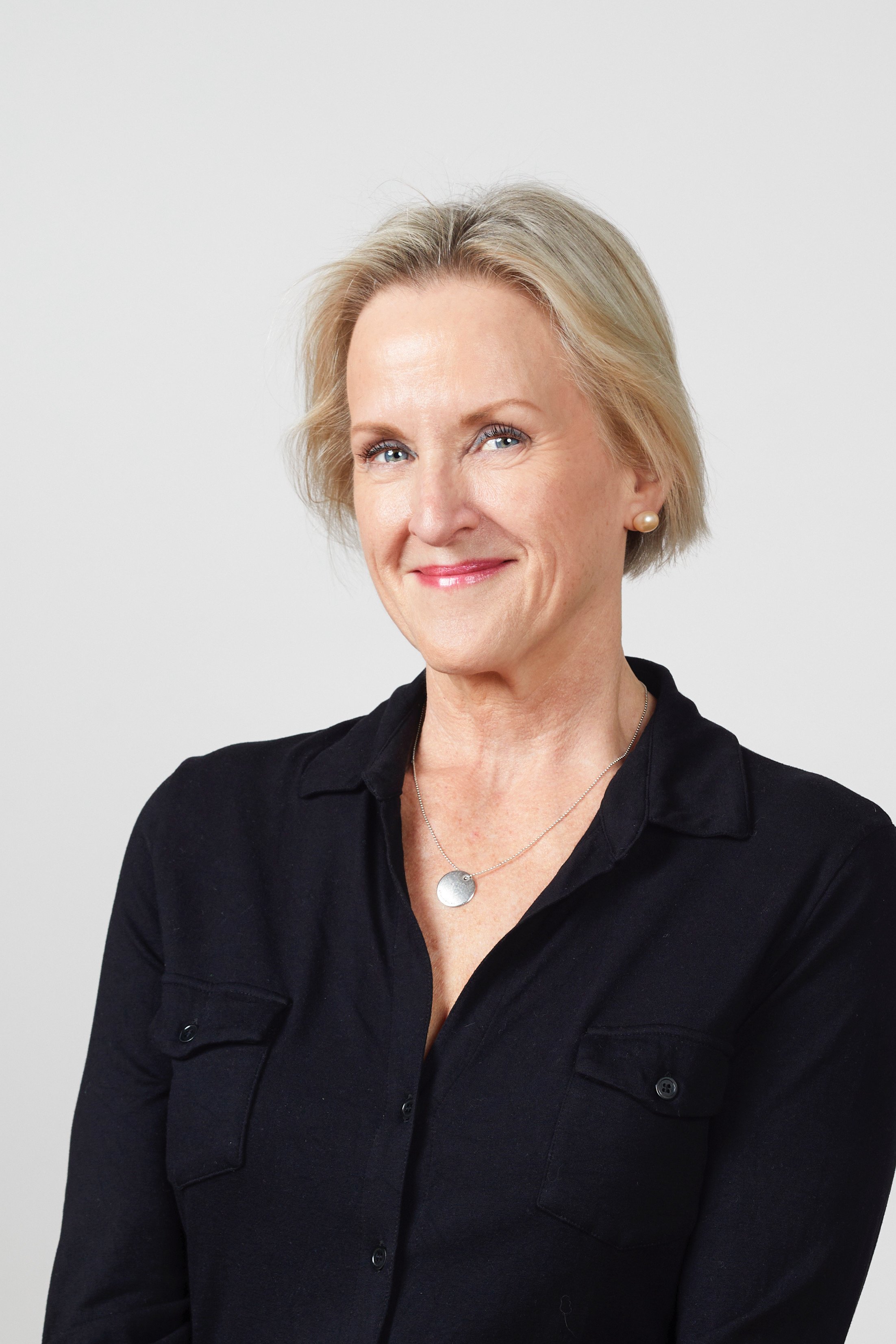Is your organization still working off of the NIOSH 2016 hazardous drug (HDs) list? If so, no need to hang your head. You’re not alone... and not by a long shot. Because NIOSH 2020 is not the law of the land yet, many healthcare facilities are still abiding by the 2016 list.
However, the 2020 list will become the de facto standard and rule soon; what is your plan to update your HD list? How many drugs will you need to add, delete, or re-classify? Adding a drug means listing all of the USP <800> required safety information and ensuring your staff is trained and aware of the risks. Multiply this by potentially 60 drugs a year and you could be looking at nearly 300 drugs by the time NIOSH 2020 is the standard by which USP <800> compliance is judged.
We know that even if you’ve been updating your HD list, you’ll most likely have to make additional changes - either remove or add drugs and all of their associated safety information. This is thanks to the vague current directive from NIOSH which asks you to classify a drug based on whether it is similar to another already NIOSH-identified hazardous drug.
The NIOSH list includes many types of drugs classified as HDs including but not limited to antineoplastics. Others include carcinogens, teratogenic or developmental toxins, reproductive toxins, organotoxins or genotoxins. They are then grouped into one of three categories, which you must also do for new drugs until the newest NIOSH list is circulated. They include 1. Antineoplastic agents, 2. Non-antineoplastic agents and 3. Reproductive hazards.
When inspectors review your formulary, they may ask why certain drugs have been added and classified as HDs and others have not. Sometimes this will depend on your organization’s use of the drug including the specific product formulations and packaging within your facility. NIOSH allows for facilities to include drugs based on “consideration of dose, potency, and exposure potential during formulation and use from events.”
It all sounds straightforward with no chance for error, right? HDs are no laughing matter and their potential exposure risks are definitely no joke. Additionally, more specific guidance for the drugs not yet on the NIOSH HD list would reduce the chance for unintended exposure and therefore adverse health effects.
If you’re expecting a Joint Commission inspection soon, check out a list of Top 8 Questions to Expect in a Joint Commission Inspection compiled by Rpharmy clients who have been there, done that.


